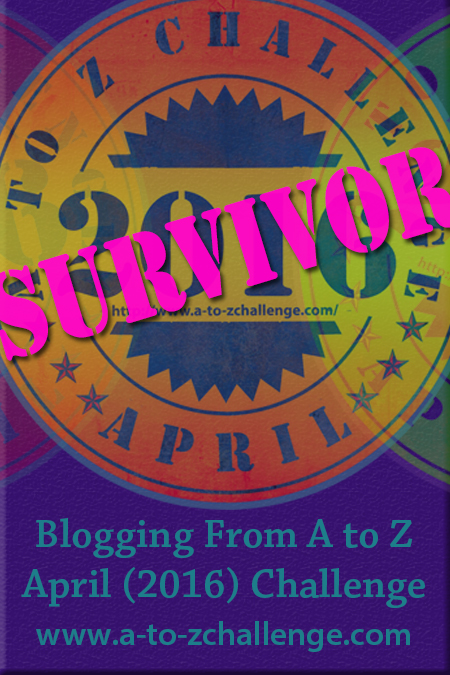What can I say about Ketchikan
For years, all we’ve heard and read about
present-day Ketchikan
It’s
true. But it’s only part of the story.
Like most remote communities, Ketchikan Ketchikan Ketchikan Ketchikan
But the mines dried up and salmon production was on
the decline – overfishing nearly destroying the industry. And when timber rights with the National
Forest Service expired in 1997, Ketchikan
Wherever there was a concentration of miners,
fisherman or loggers there was also an influx of prostitutes: Strong women who helped build wilderness communities. In 1903, Ketchikan Indian Town Creek Street Mississippi Ketchikan America
Some citizens and religious leaders tried to shut Creek Street Creek Street Newtown Creek Street
The Totem Heritage Center Creek Street Ketchikan Ketchikan
There are two other totem parks near Ketchikan Totem Bight State Park Totem Park
The Tongass Historical Museum Ketchikan Ketchikan Southeast Alaska Discovery Center Tongass National Forest Misty Fjords National Monument
The
rest of the story.
Today, seventy percent of Ketchikan Ketchikan Seattle
So, while it may be true that Newtown Ketchikan
Note:
This blog was originally written on Friday, May 22, 2015.













0 comments